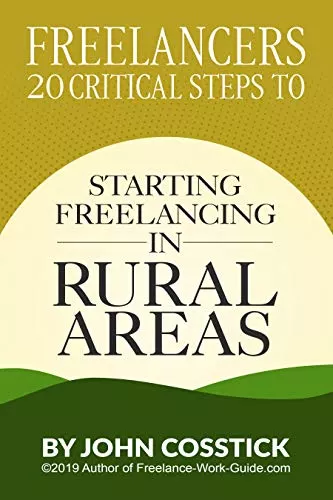Setting your own freelance rates can be intimidating, especially if you are just starting out in business for yourself. How do you know what to charge? Should you charge by the project or by the hour? How do you calculate your annual salary? As these questions arise, take a close look at your time, your expertise, and the requirements of the project in order to create a structured fee schedule.

Types of Fee Structures
There are two basic types of fee structures you can utilize as you begin determining rates:
- Hourly Freelance Rates – The benefit of an hourly rate is that you have a guaranteed minimum income for each hour you work. If you charge a project fee and the work takes longer than expected, your overall pay rate drops. The drawback of hourly rates is that you set a cap on how much you can earn in any given day. Whether a project takes one hour or ten hours, you make the same rate per hour.
- Project Fee – Project fees give you the opportunity to increase your income exponentially by becoming more efficient in your work. If you finish a $200 project in two hours, you have doubled your income as compared to what you would have made if you charged a $50/hour rate. The drawback to project fees is that the client has a claim on your time until the project has been completed, even if it takes longer than anticipated or requires extensive revisions.
Most successful freelancers charge a per project fee, based on the greater earning potential this fee structure represents. Some use both hourly freelance rates and project fees depending on the requirements of the project and the needs of the client.
Negotiating Your Freelance Rates
At times, it may be necessary to educate your clients about what you do in order to alleviate their concerns about budgets. If you think the prospective client will balk at your freelance rate, provide a quote with an itemized list of the services you will provide, so they can see exactly what they are paying for.
It is not generally advisable to give a time estimate for a project-based fee. If you estimate one hour for a $200 project, the client may decline; however, if you simply state the complete project fee without offering a time estimate, the client will be more likely to accept your quote and rate based on the services you will provide.
If you are still unsure about how much you should charge, talk to other freelancers about their rates, consider your experience level, determine the size and scope of the project, and calculate how much you need to make, to pay the bills and make a profit.
Reminder: Always make sure there is a clear understanding between you and your prospective client about the scope of the work and payment arrangements, to ensure that the completed project will meet their expectations. Provide a detailed quote at the outset, to outline the services you will provide. It is highly recommended to have a written contract in place prior to commencing work, and a time limit / expiry date in your quote.
Discount Tip: Structuring a quote to allow a discount can provide an incentive for the prospective client to accept your quote quickly!
Getting Paid
Getting paid for your freelance work is crucial to the survival and growth of your business. As the service provider, you get to set the terms on how and when you want to get paid, not the client. The payment structure and methods should be negotiated into the contract. Don’t put yourself at the risk of not getting paid.
Payment Methods
The easiest and most convenient payment method preferred by freelancers working online is through PayPal, as it allows quick and easy settlements in multiple currencies. You can send invoices to your client using PayPal’s invoice templates, and subscription options are also available for recurring payments.
Alternatively, you could also arrange to receive payments through a financial institution, or possibly through Interac or Square (depending on your client’s location). In your billing rate calculations, ensure that you also make provision for the charges that will be deducted by the payment provider, and if required, any local taxes to be collected, for example GST, HST or VAT.
For small jobs and projects which require you to outlay some capital upfront, it is advisable for payment to be made in advance. For longer term and larger projects, you could stipulate the specific terms and payment periods you require, for example, 30 percent upfront, 30 percent at a pre-determined milestone, and the balance on completion of the project. Be willing to walk away if your terms are not acceptable.
Successful Negotiations
Be fair and professional in all your negotiations. This will help you to build a good relationship with your client from the outset, and hopefully lead to a long-term, mutually beneficial relationship!















